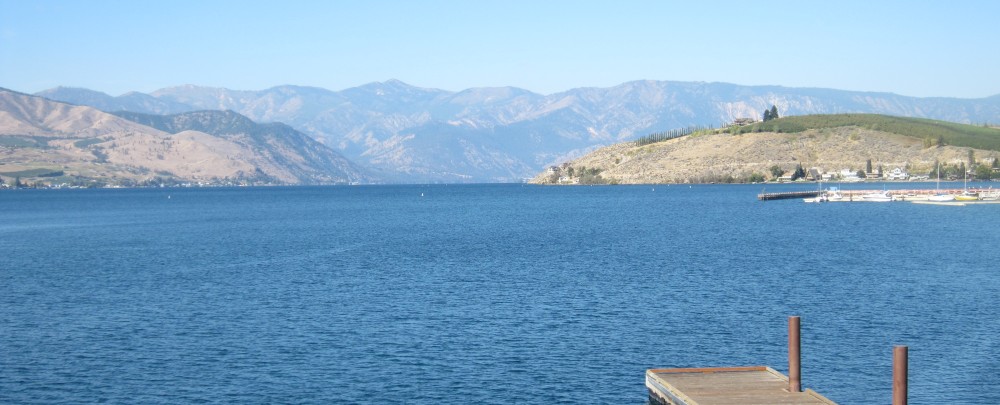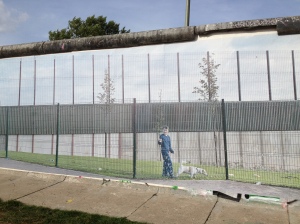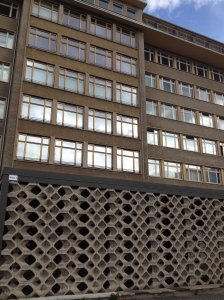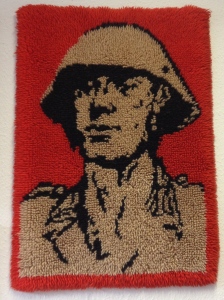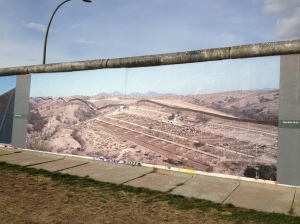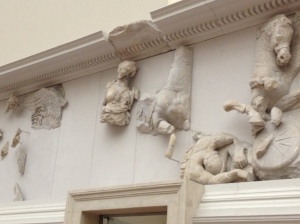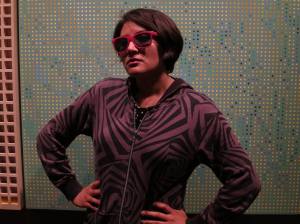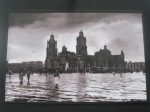The last time I was in Berlin, it was early fall. Everything felt gray and drab, chilly. I had just gone through a bad breakup and spent most of my time going to memorials to victims of the Holocaust, the Jewish Museum, the Berlin War Memorial, and so on. History loomed everywhere, shadowy and spooky. I was impressed by the very public attempt to apologize and heal from injustice perpetrated against others (a lesson we could learn from in the US, I imagine).
This time, I deliberately kept things a bit lighter, and had a very different experience of the city. It’s amazing how much your interior world affects your impression of a physical place. One of my favorite things about Berlin is zipping around on a bike: it’s flat and sprawling, with abundant protected bike lanes, and hoards of other bike commuters. My friend lent me a rickety cruiser and I set off on a self-guided Socialist East Berlin bike tour that I read about online. There were also public exhibits explaining the architecture along the way. At some point, I arrived at the massive concrete campus of the former secret police, now the Stasi Museum and archive. Much of the exhibit was in German, but there are fantastic objects on view, ranging from everyday objects and games to indoctrinate people to Socialist principles and all sorts of cameras hidden in everything from ties to boomboxes to birdhouses. There are photographs of the burgeoning punk scene and other political dissenters as well as an entire office from the time, with pristine mid century modern furniture worthy of envy.
Then I rode down to the East Side Gallery, the largest surviving section (1.3 km or 2/3 mile) of the Berlin Wall, now a display of murals of graffiti-like art. Recently, part of this wall was threatened with demolition for– wait for it– luxury condos. It’s a story I hear in every city I’ve visited over the last few years: more and more luxury condos for wealthy foreign investors who don’t necessarily live in the city– or even country– pricing out people who live and work in those cities.
On the other side of the wall was a stunning temporary exhibit, Wall on Wall, photographs of walls in other countries intended to stop immigration, reduce conflict, restrict movement. It felt like you could step into the huge panoramics, taken at borders like those between Israel and the Occupied Palestinian Territories, North and South Korea, the US and Mexico. The German photographer, Kai Wiedenhöfer, poignantly said that “walls reflect a failure of politics.” It was sobering to be reminded of the barriers that humans erect at a place celebrating the removal of one.
The next day, I biked to the Pergamon Museum on the city’s Museum Island. The highlights of the museum are truly monumental. You walk into and throughout the enormous Pergamon Altar and the Gate of Babylon as well as an intricately crafted paneled room from Syria, the Aleppo Zimmer. A numbered audio tour is free with admission, so you can learn more about details that intrigue you. I found the exhibits that explained the enormity of the archeological undertaking to be most intriguing. In Iraq, for example, war and looting have largely destroyed the potential for valuable insight, since only a small percentage of work had been completed there.
Hallo Berlin! Stay tuned for more posts on Berlin nightlife and food.
